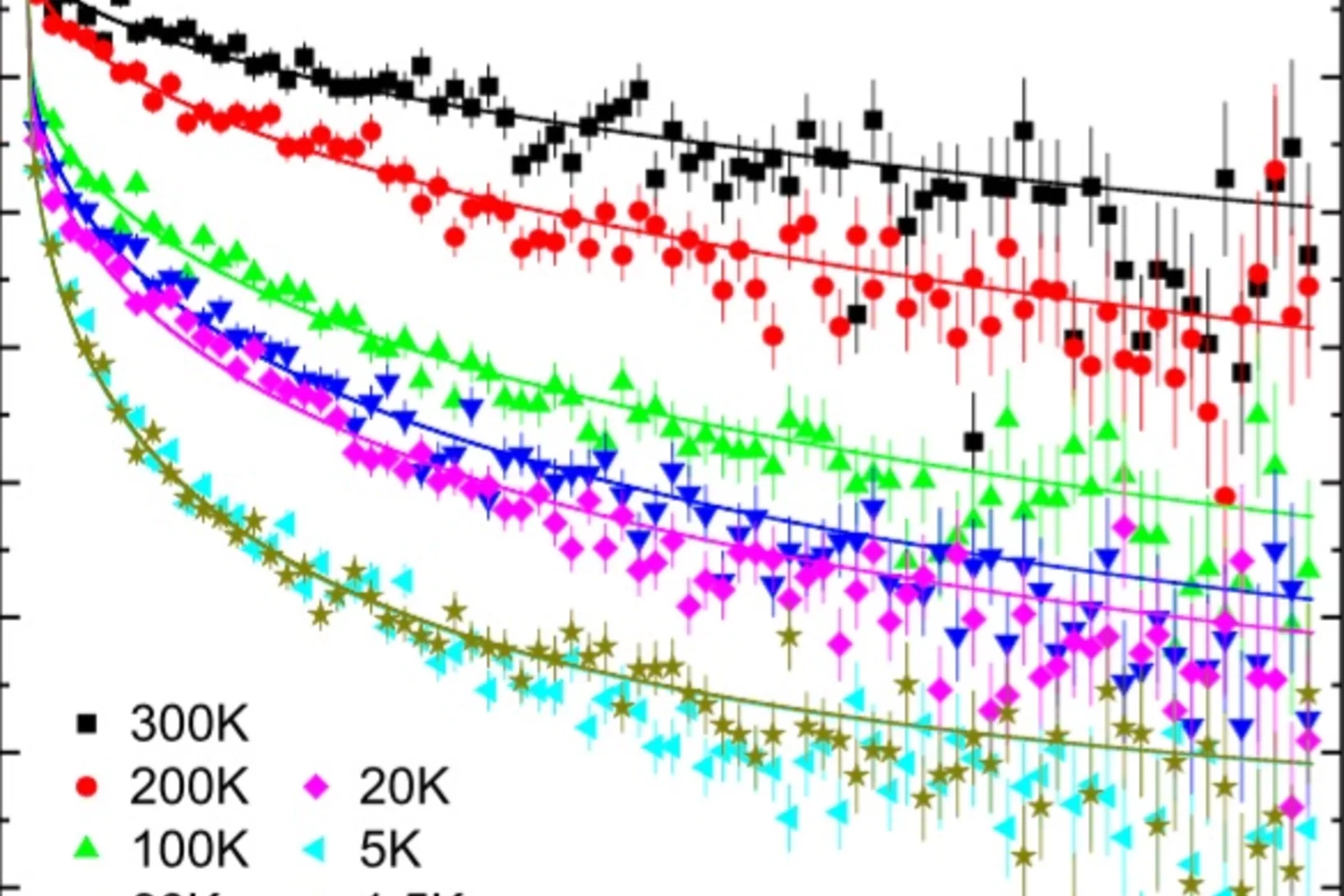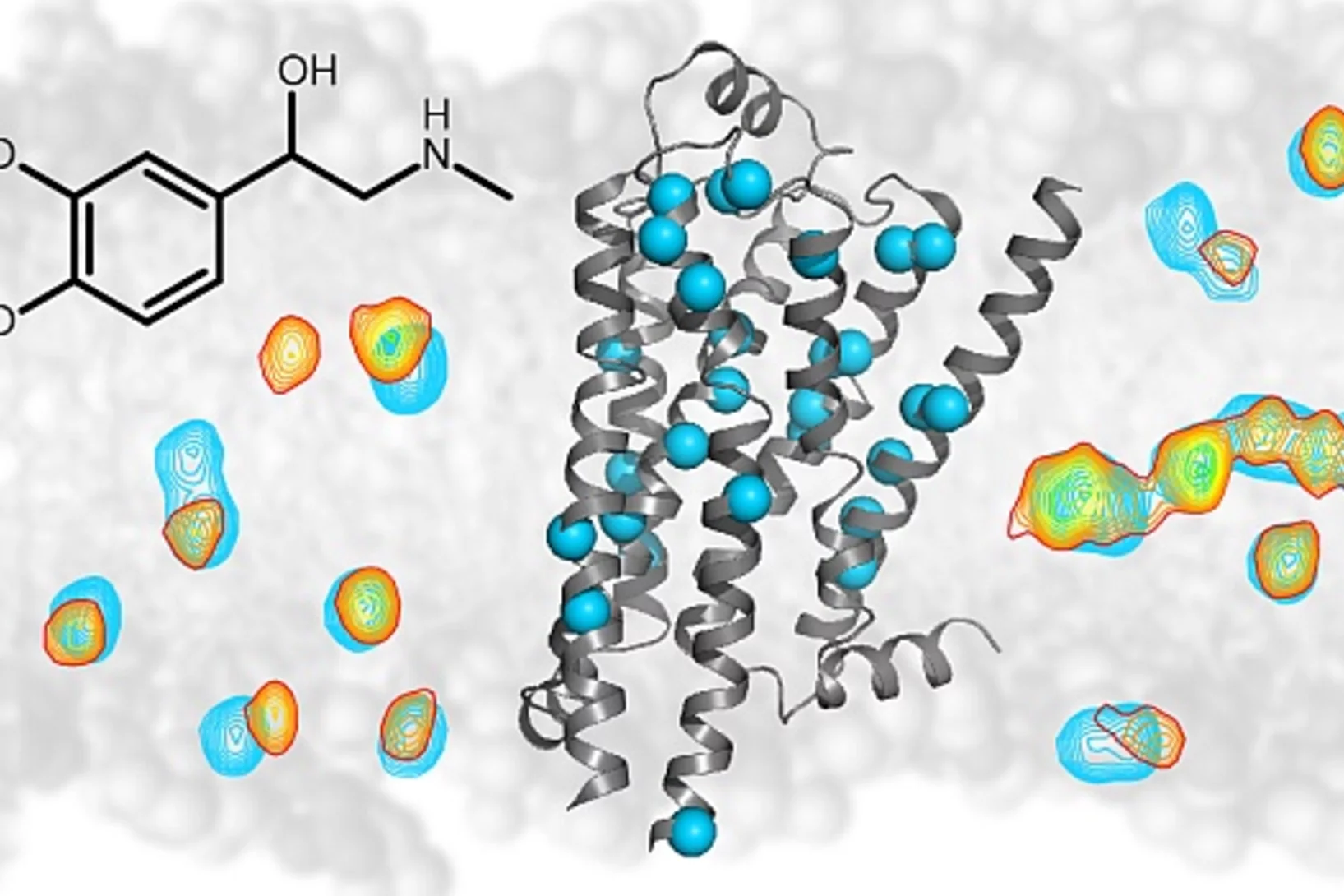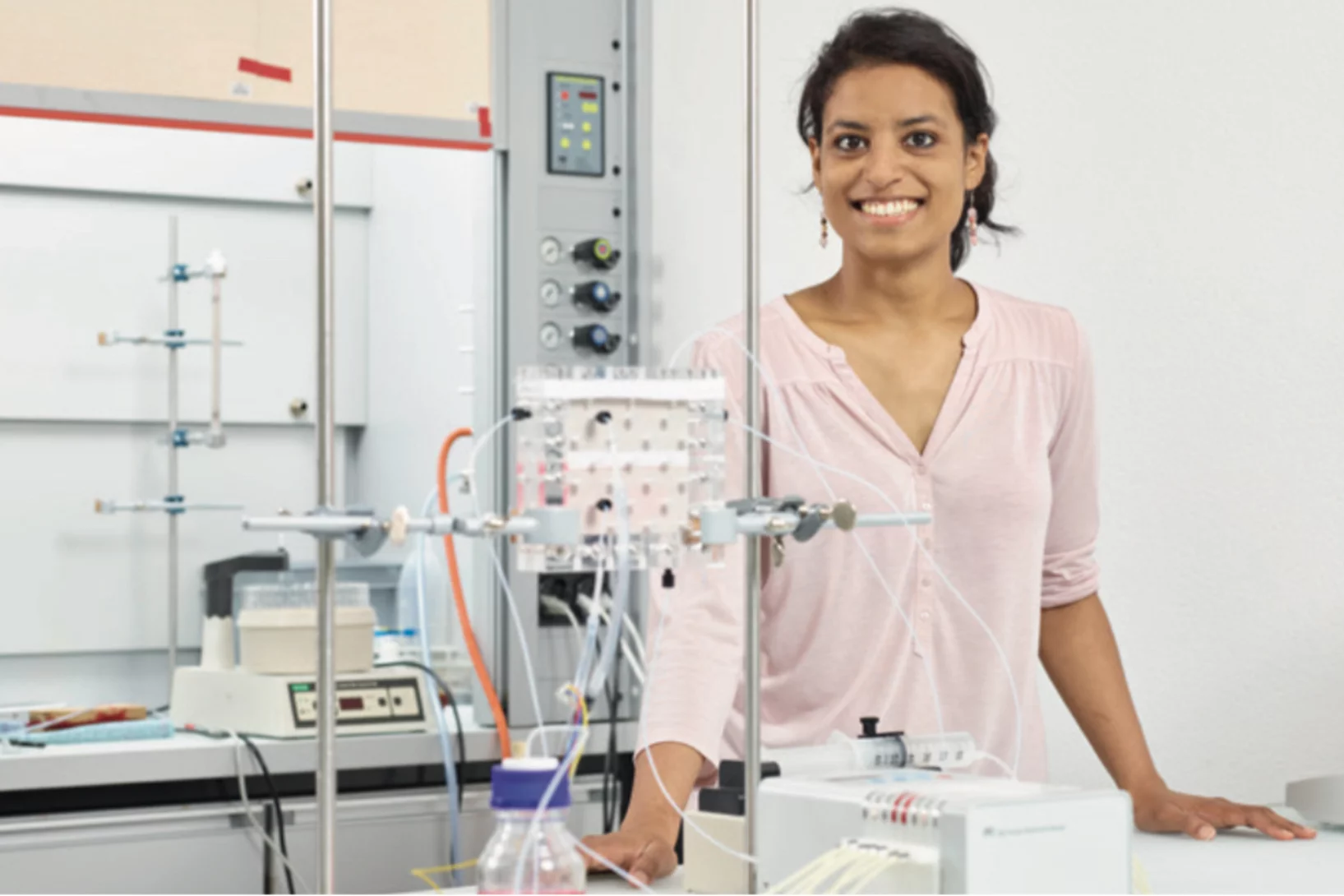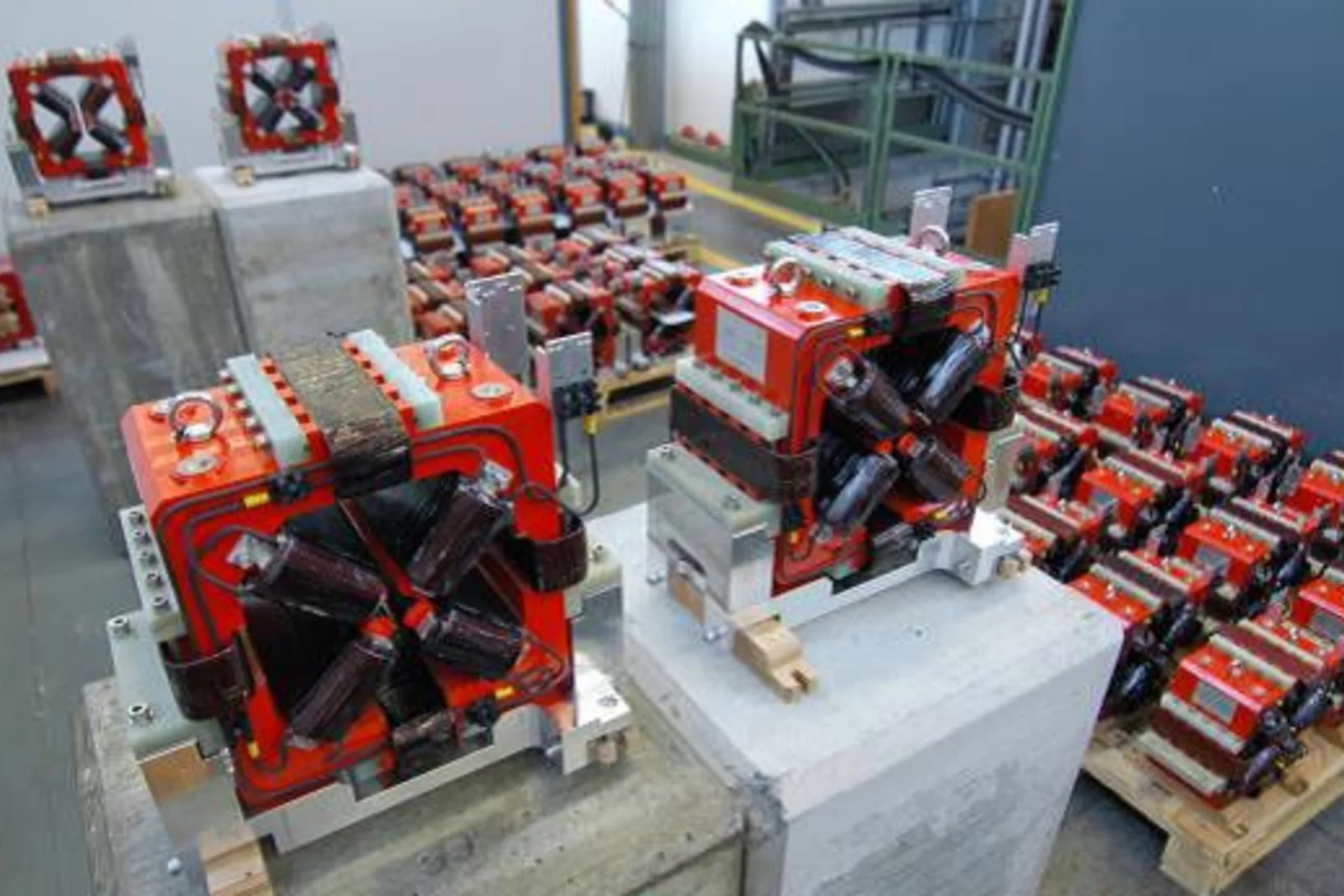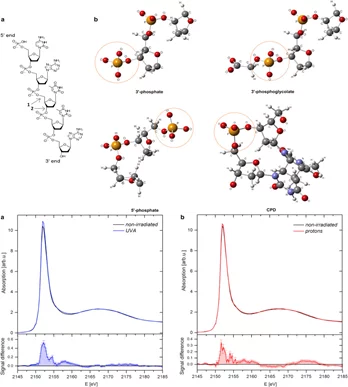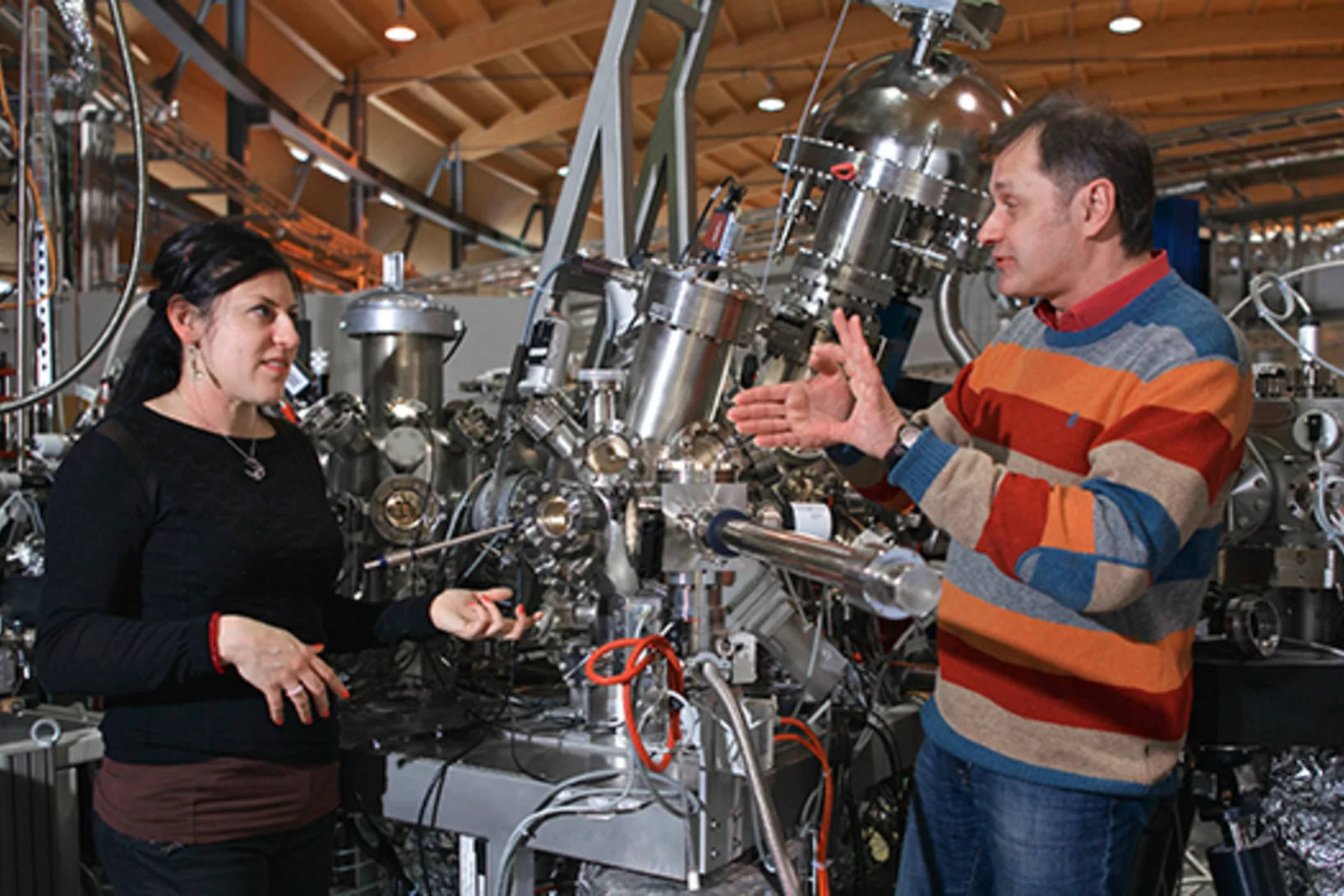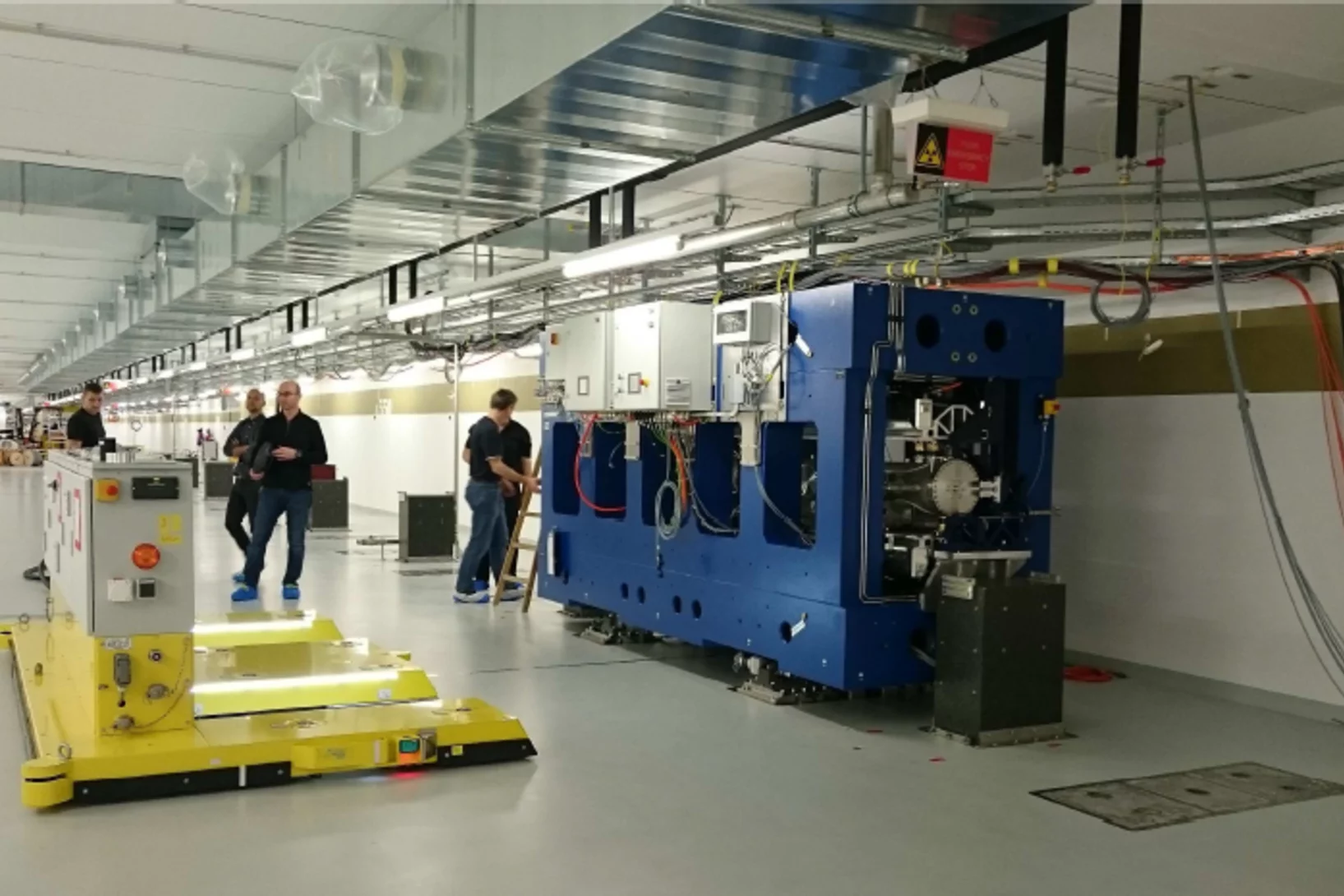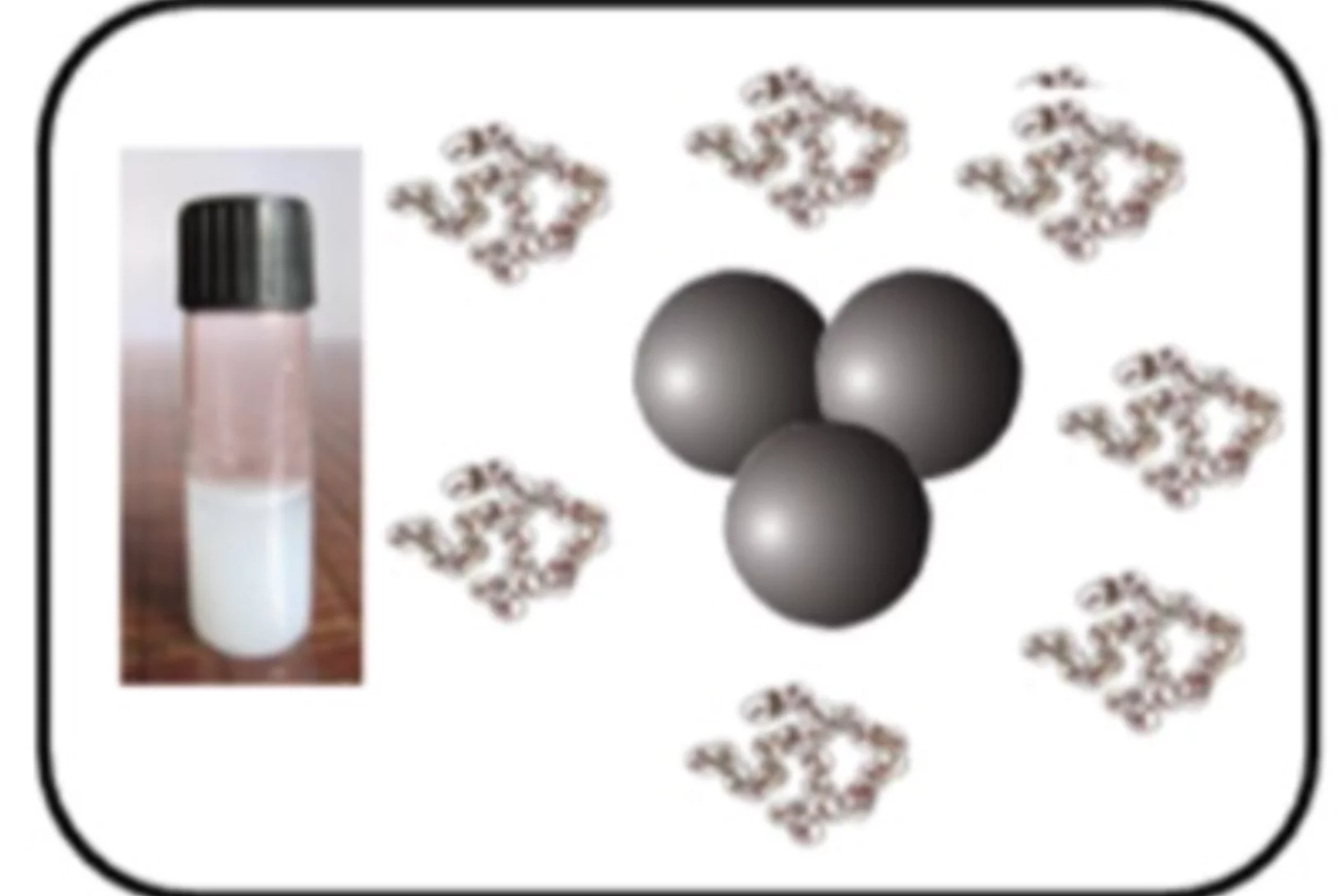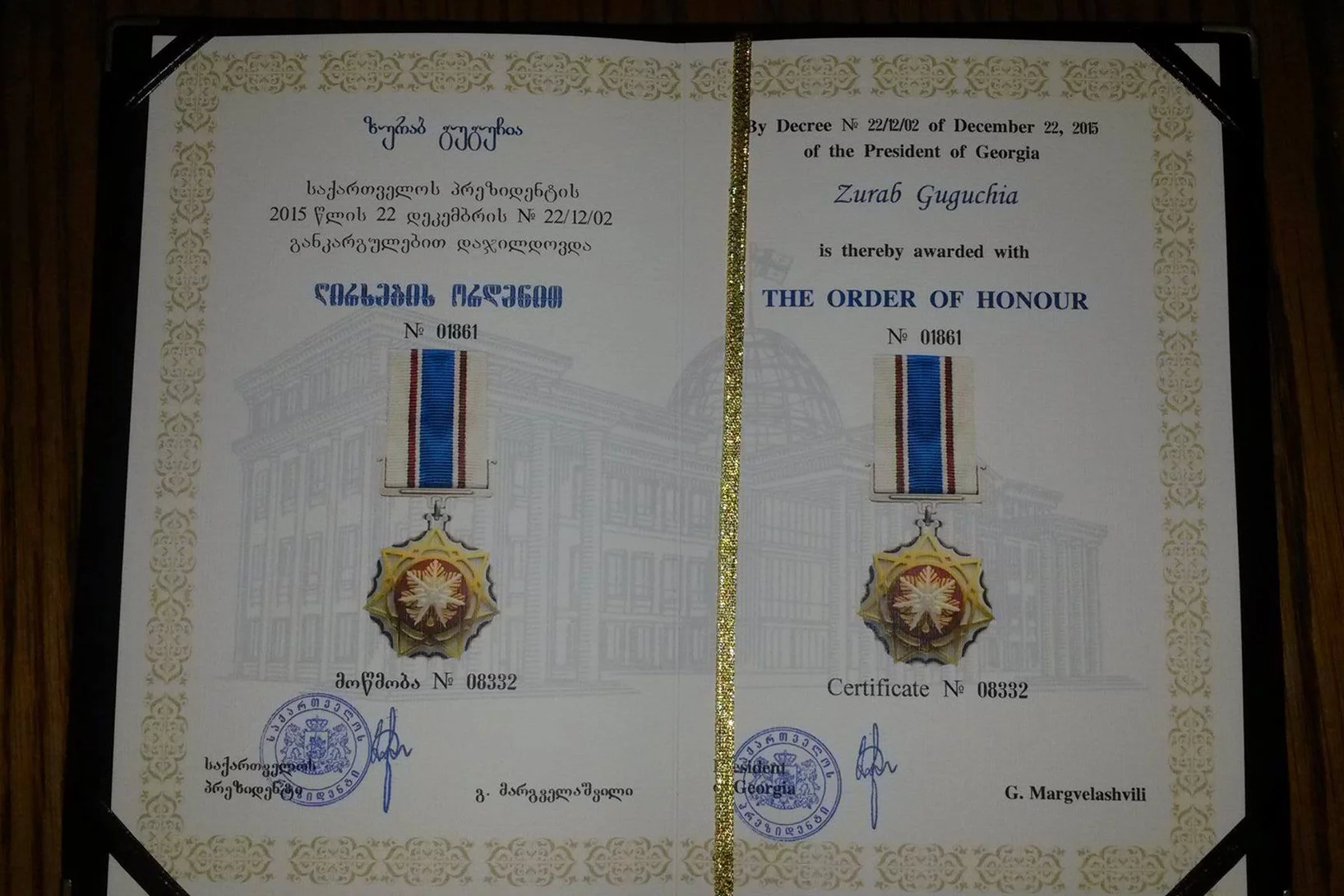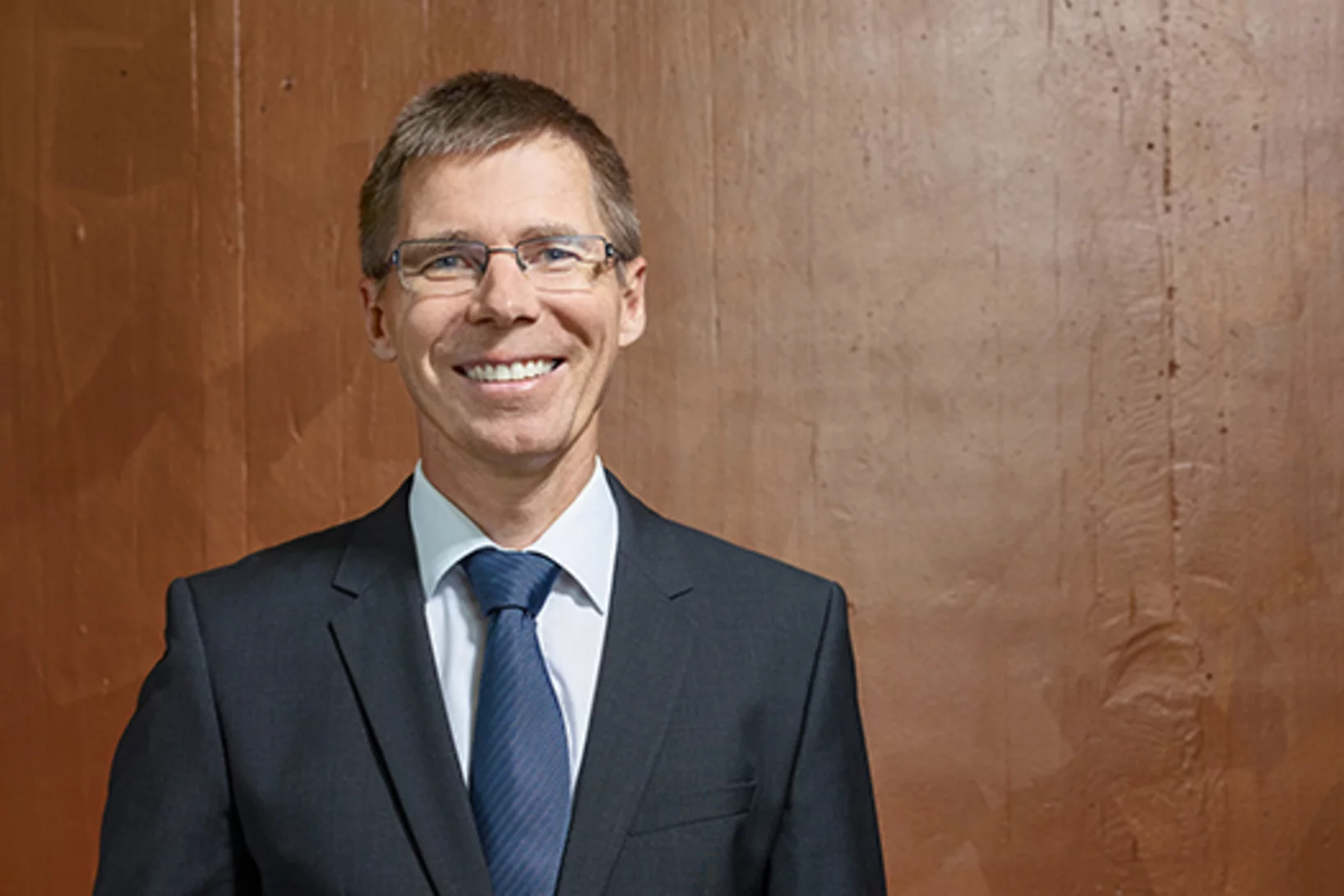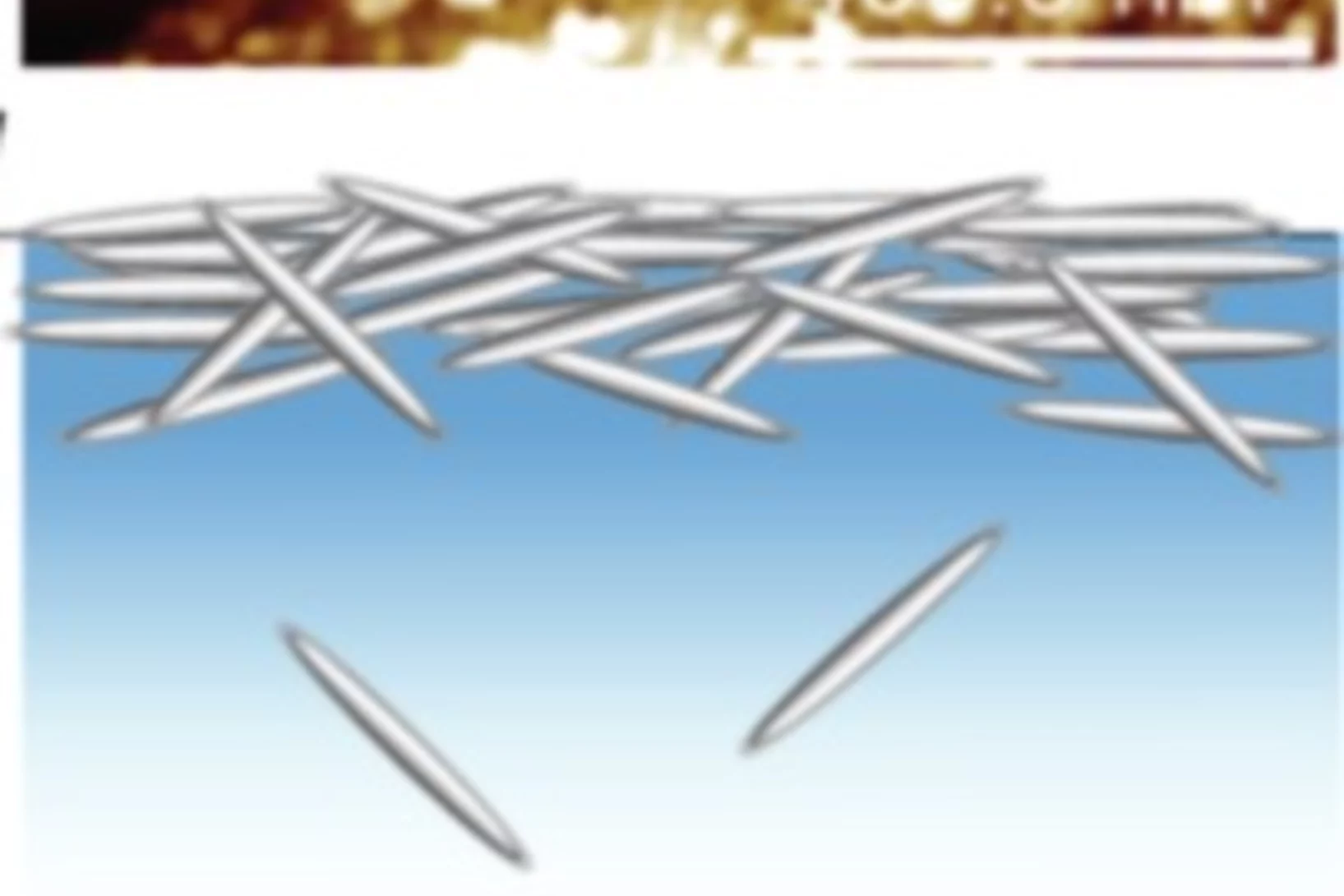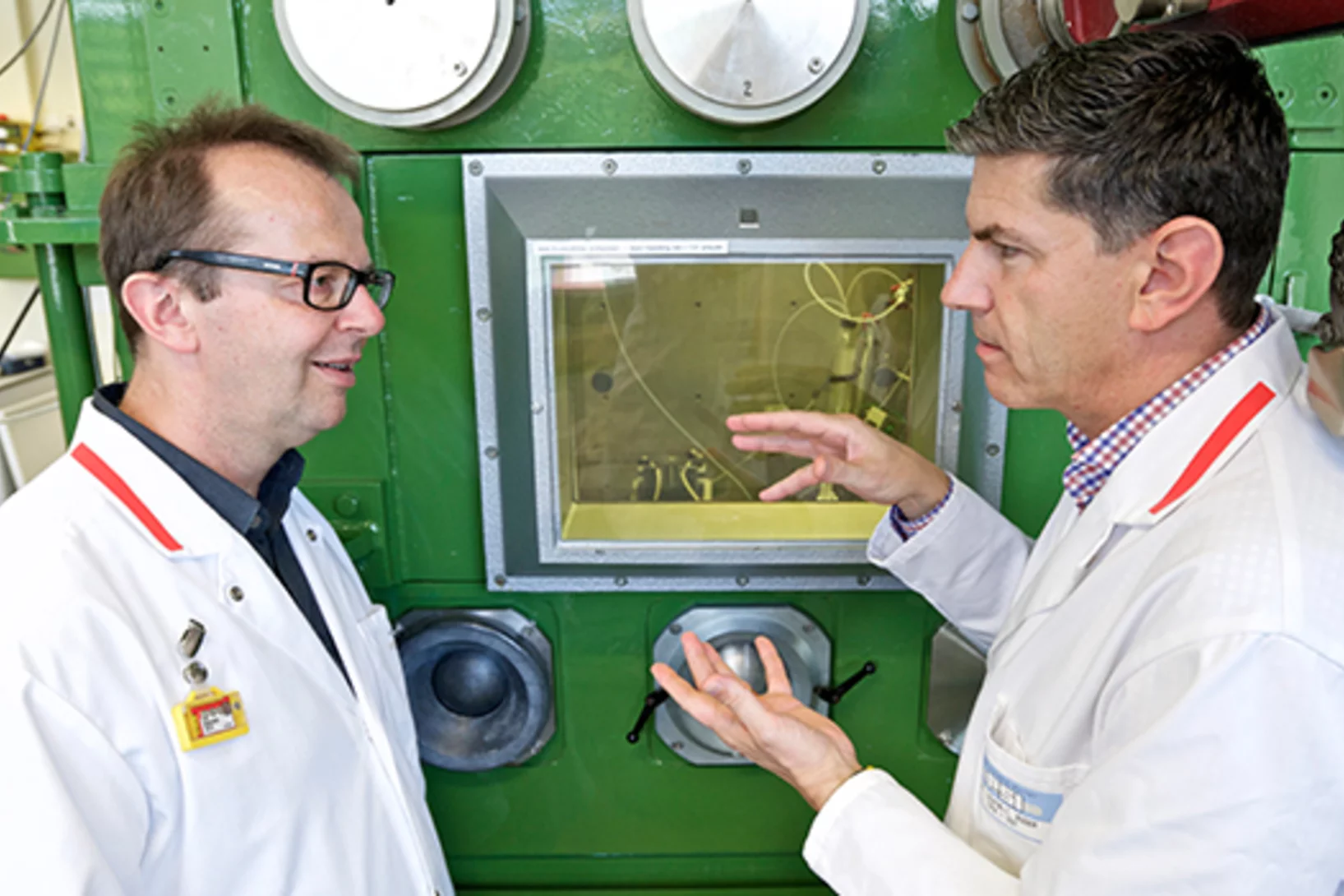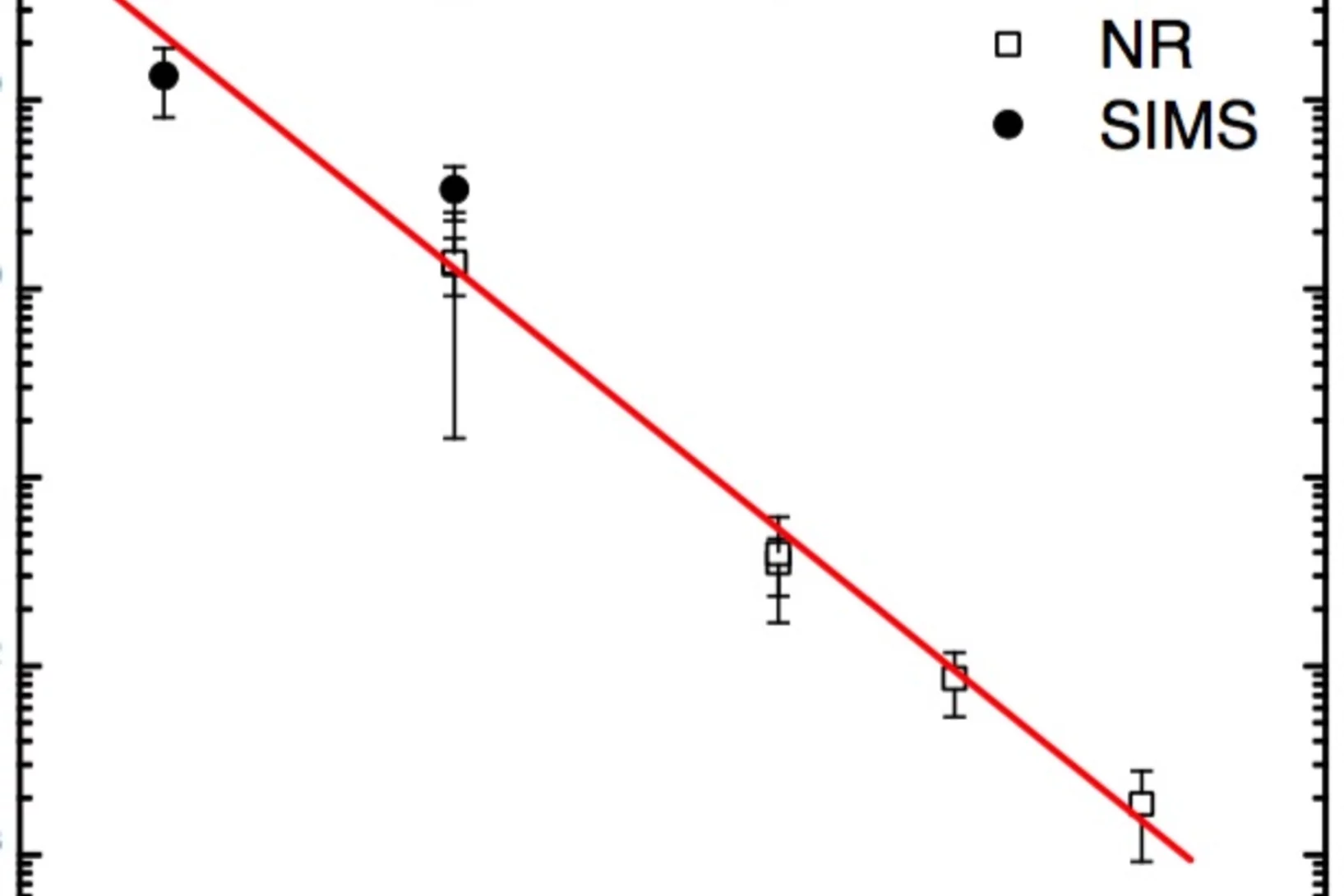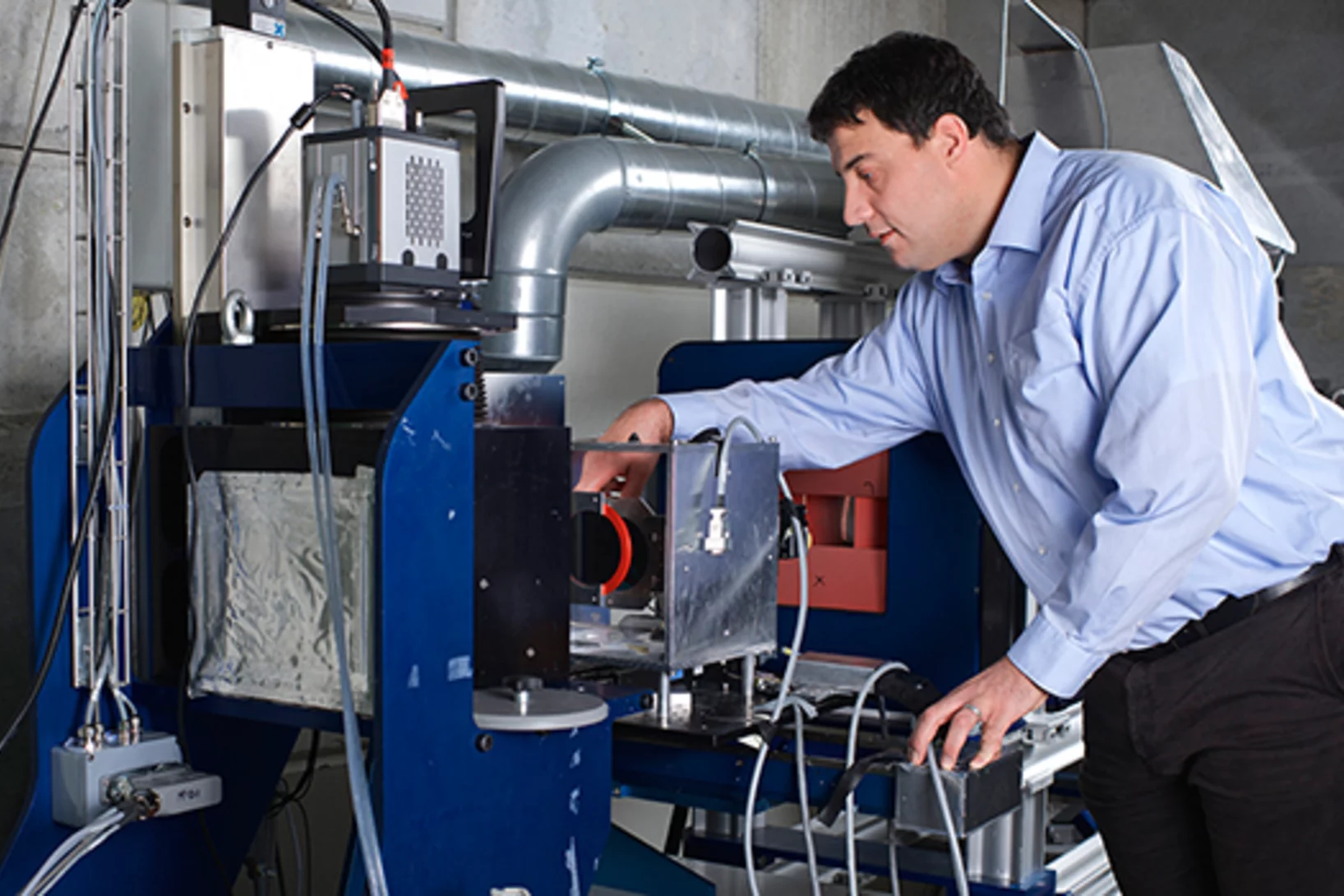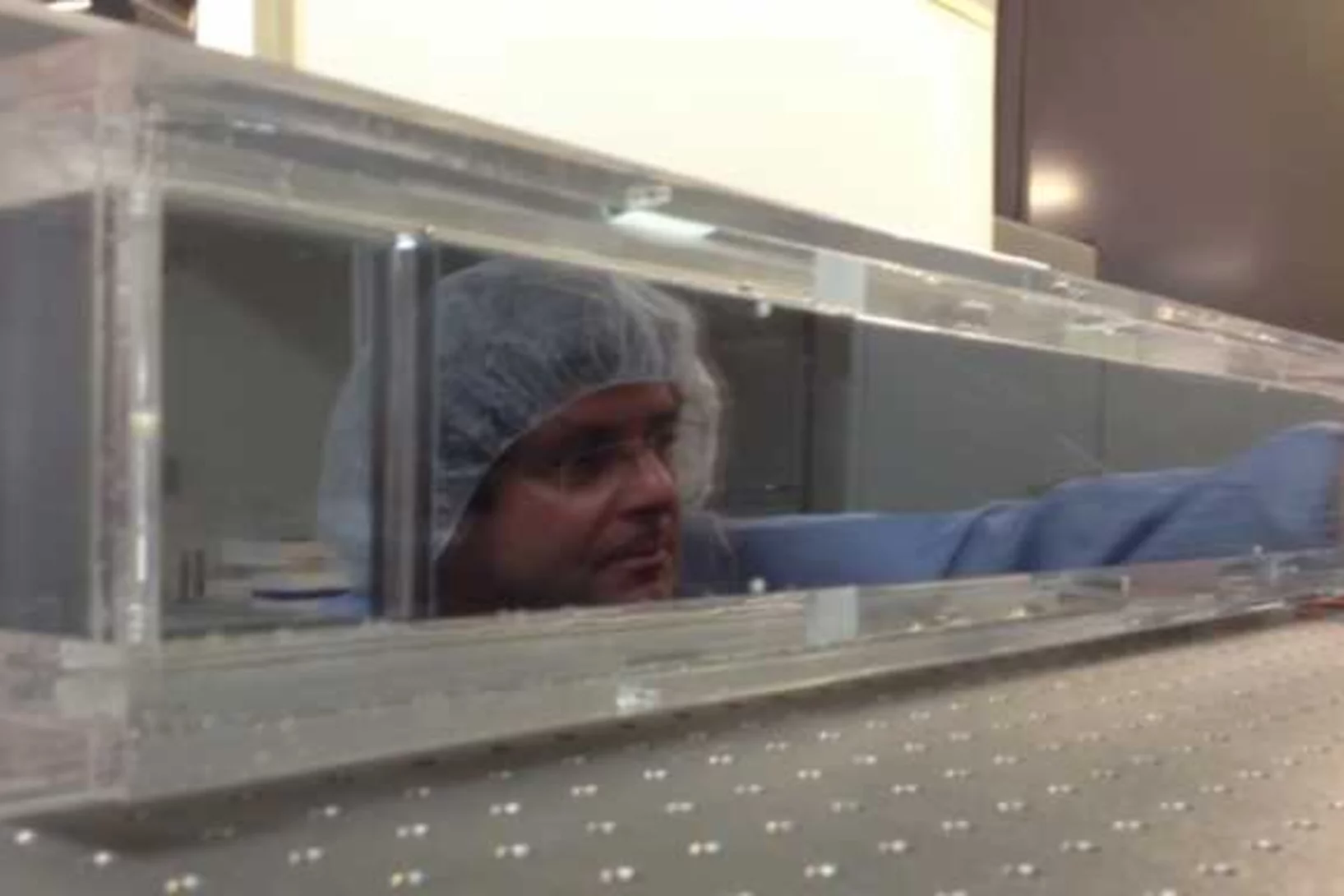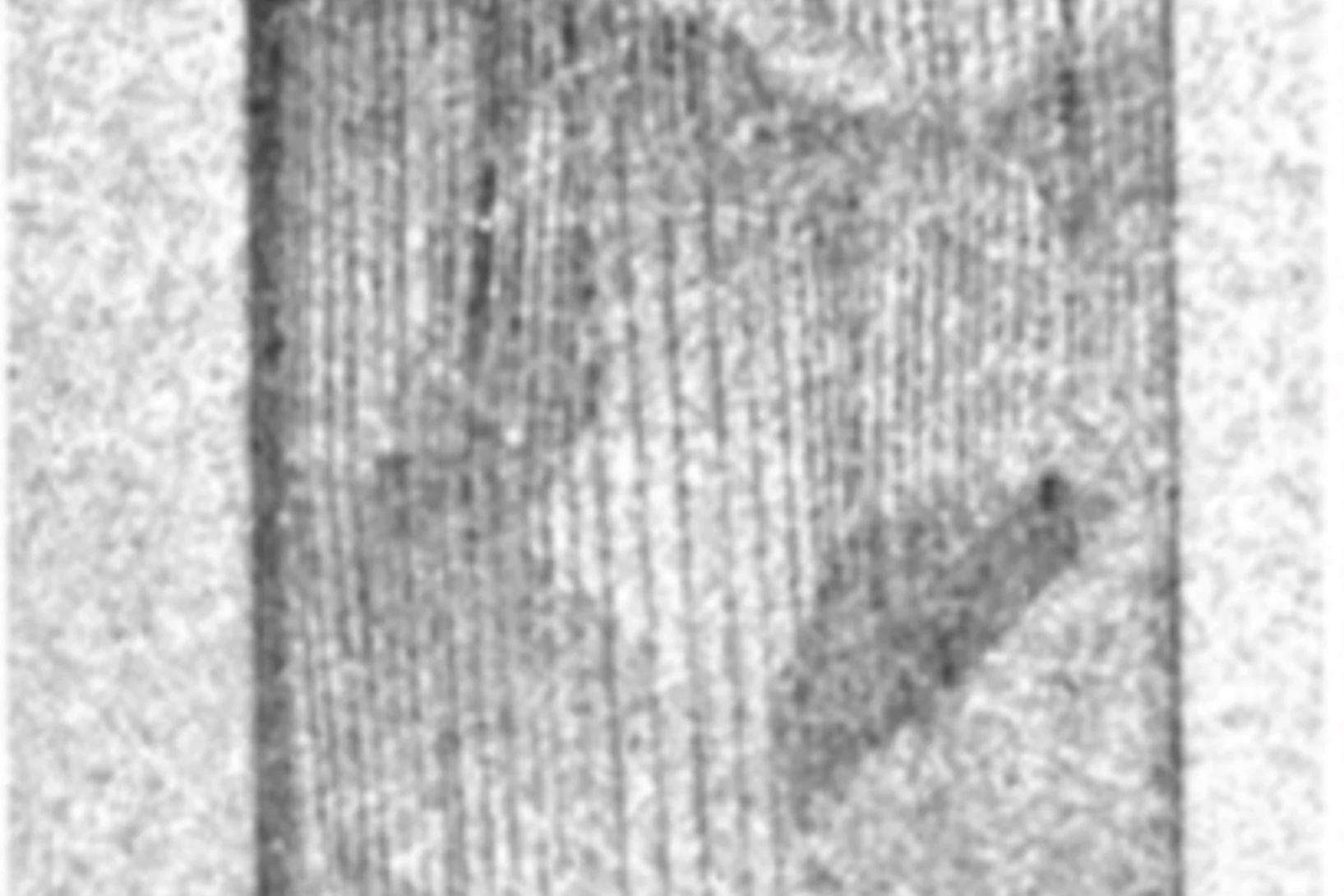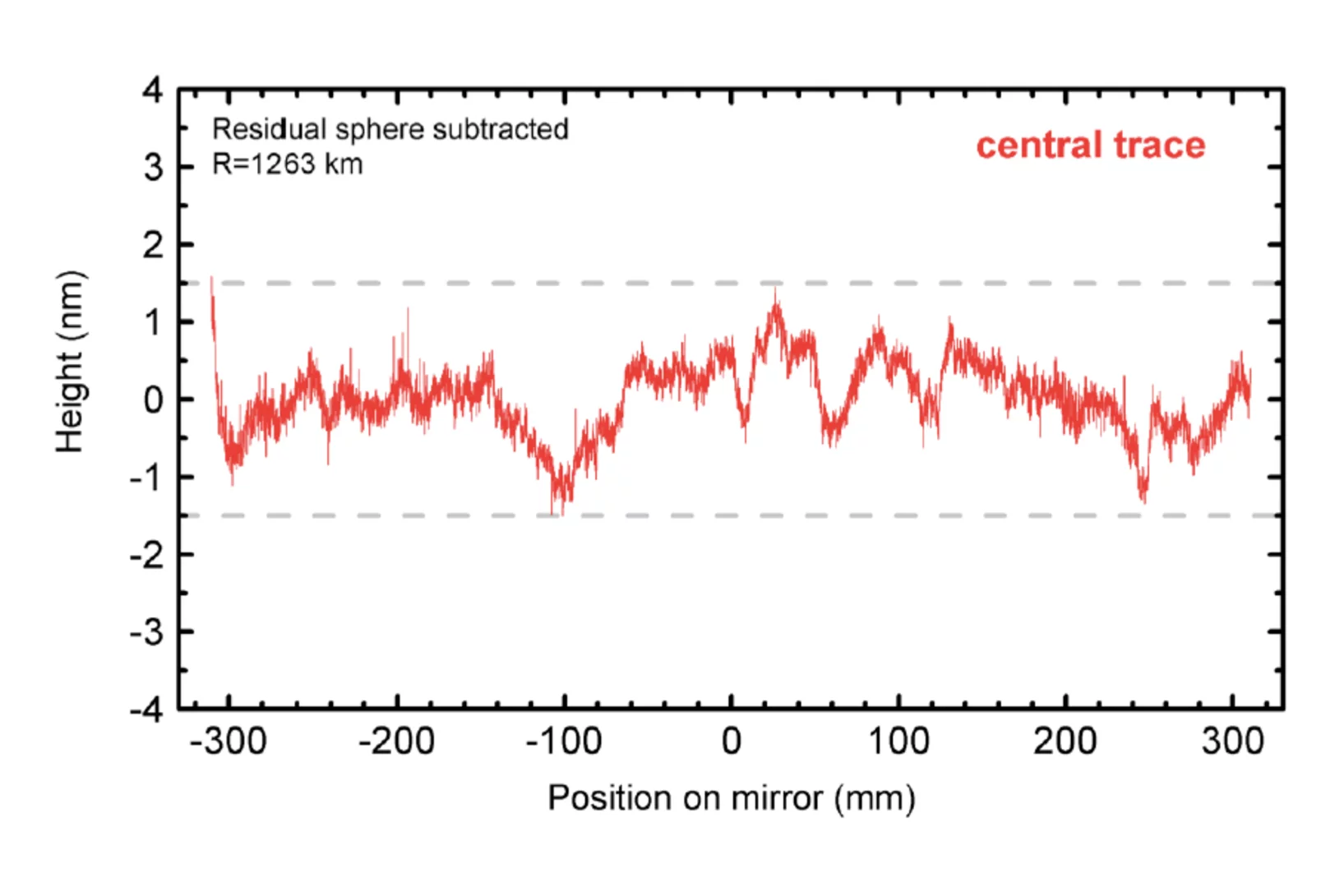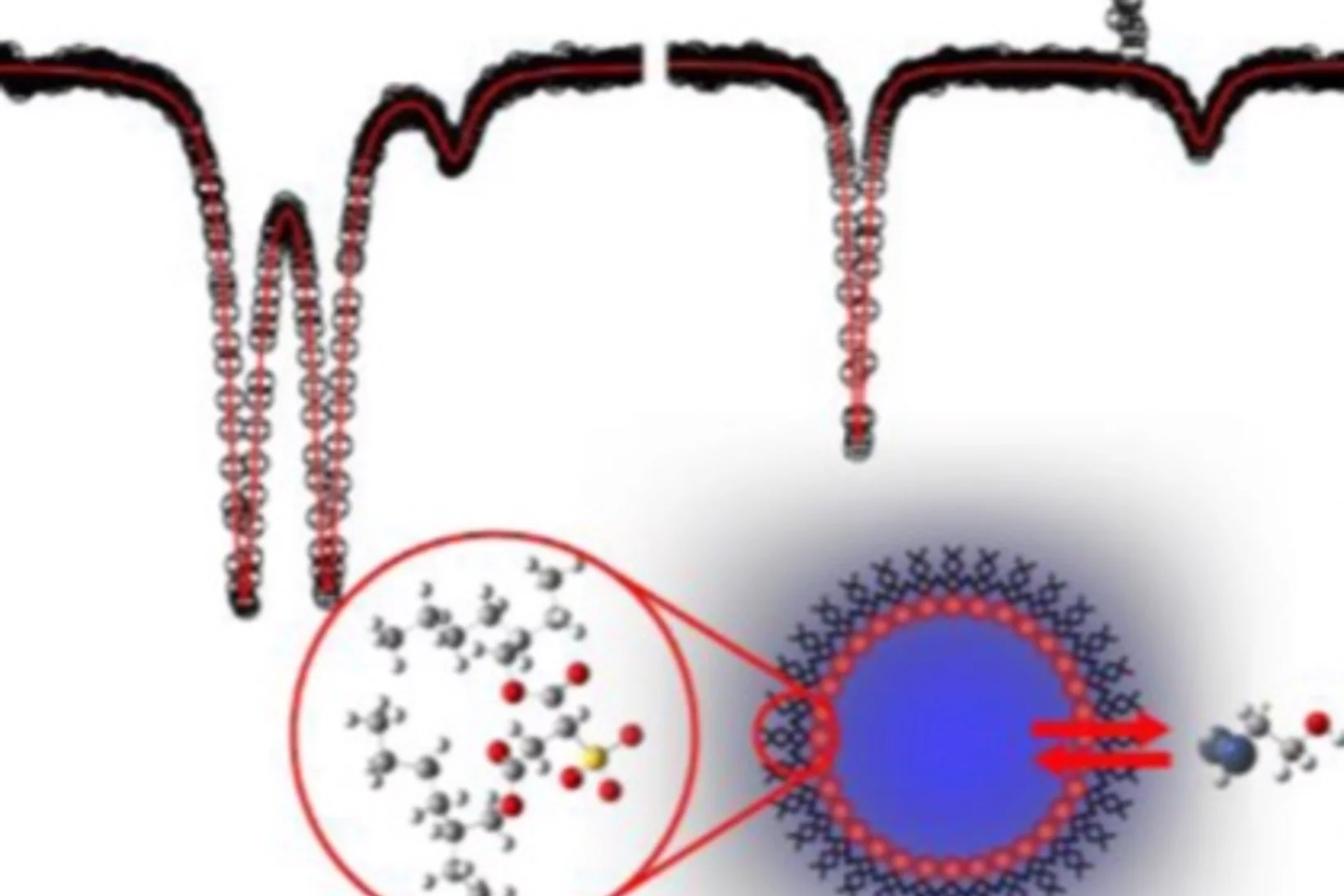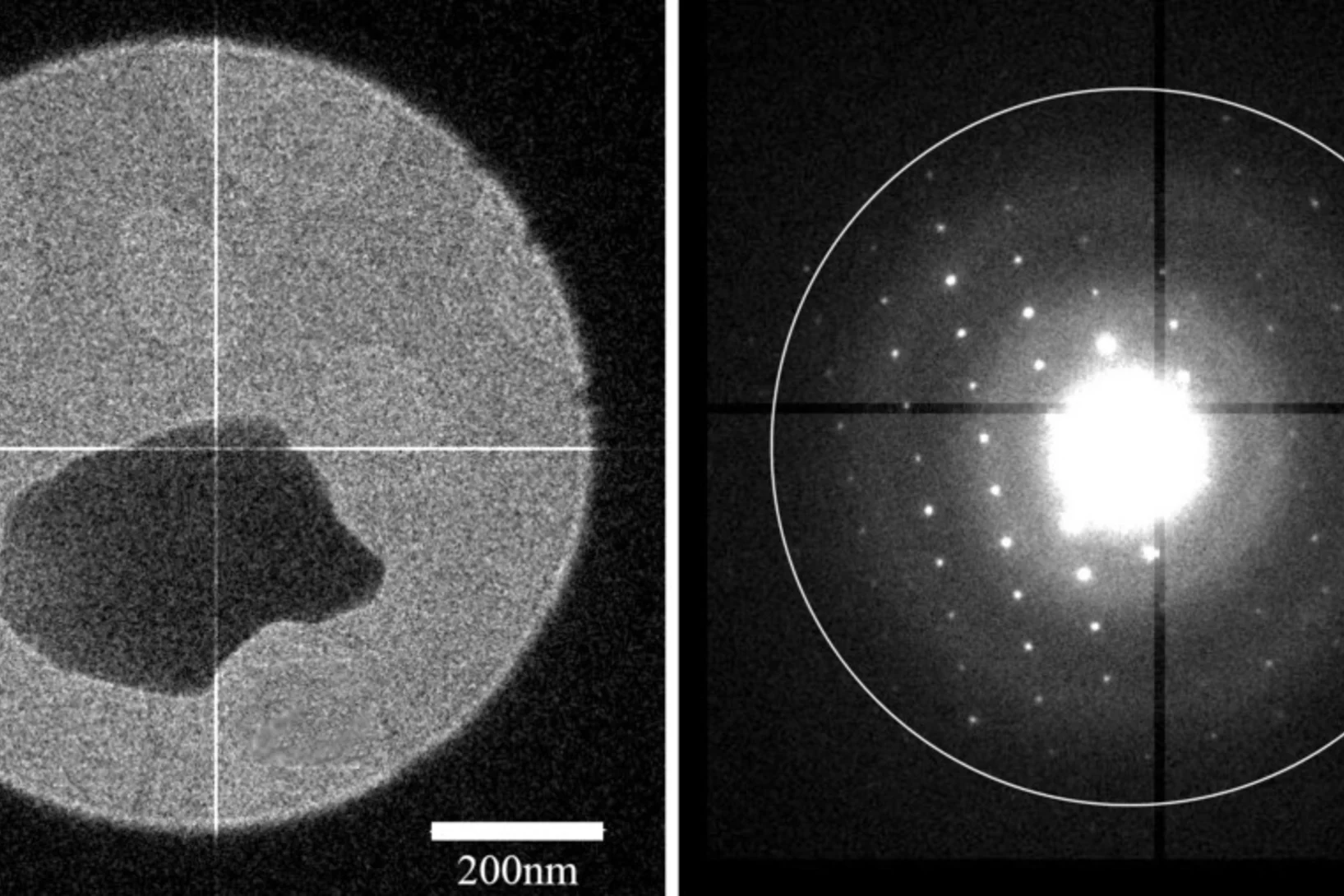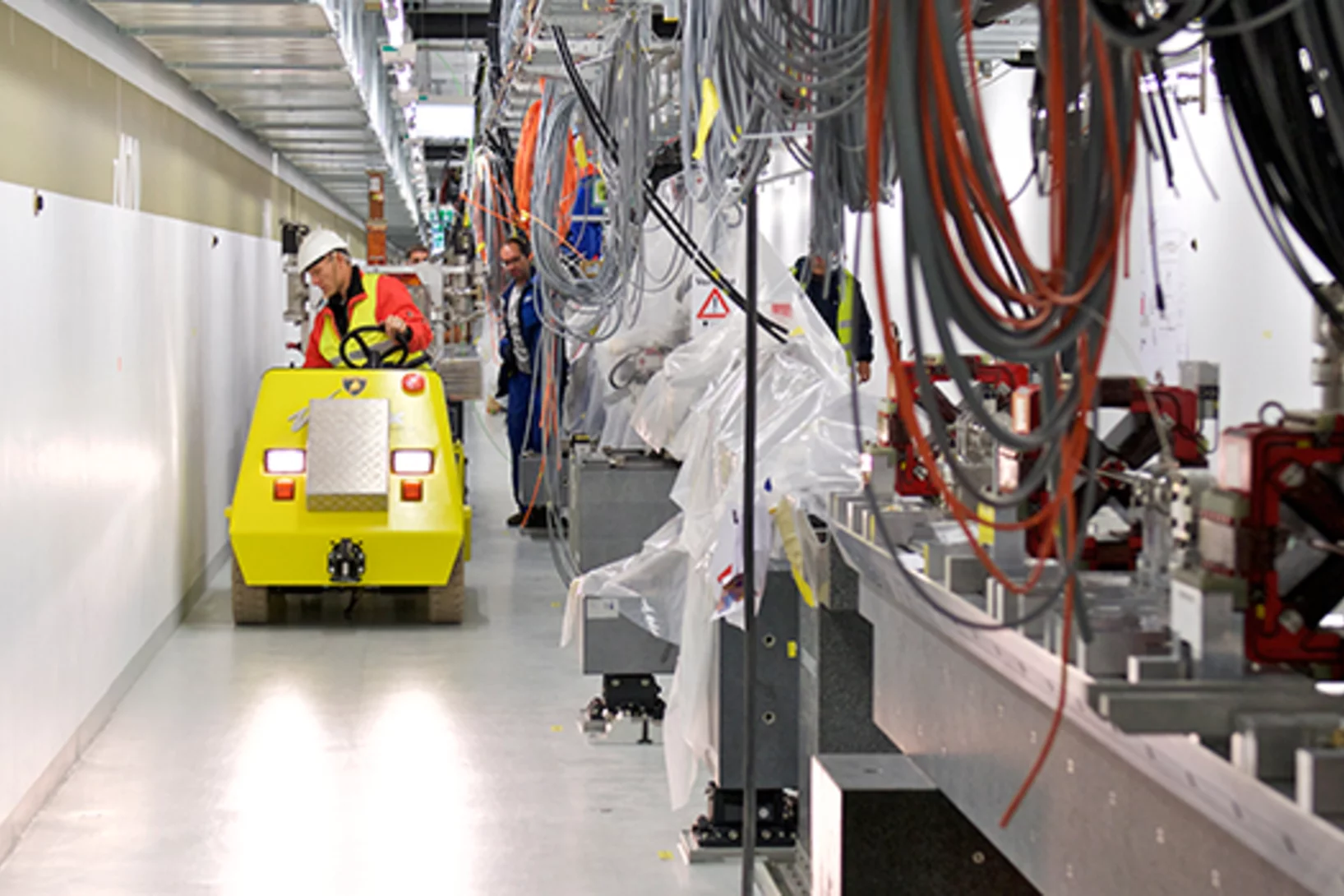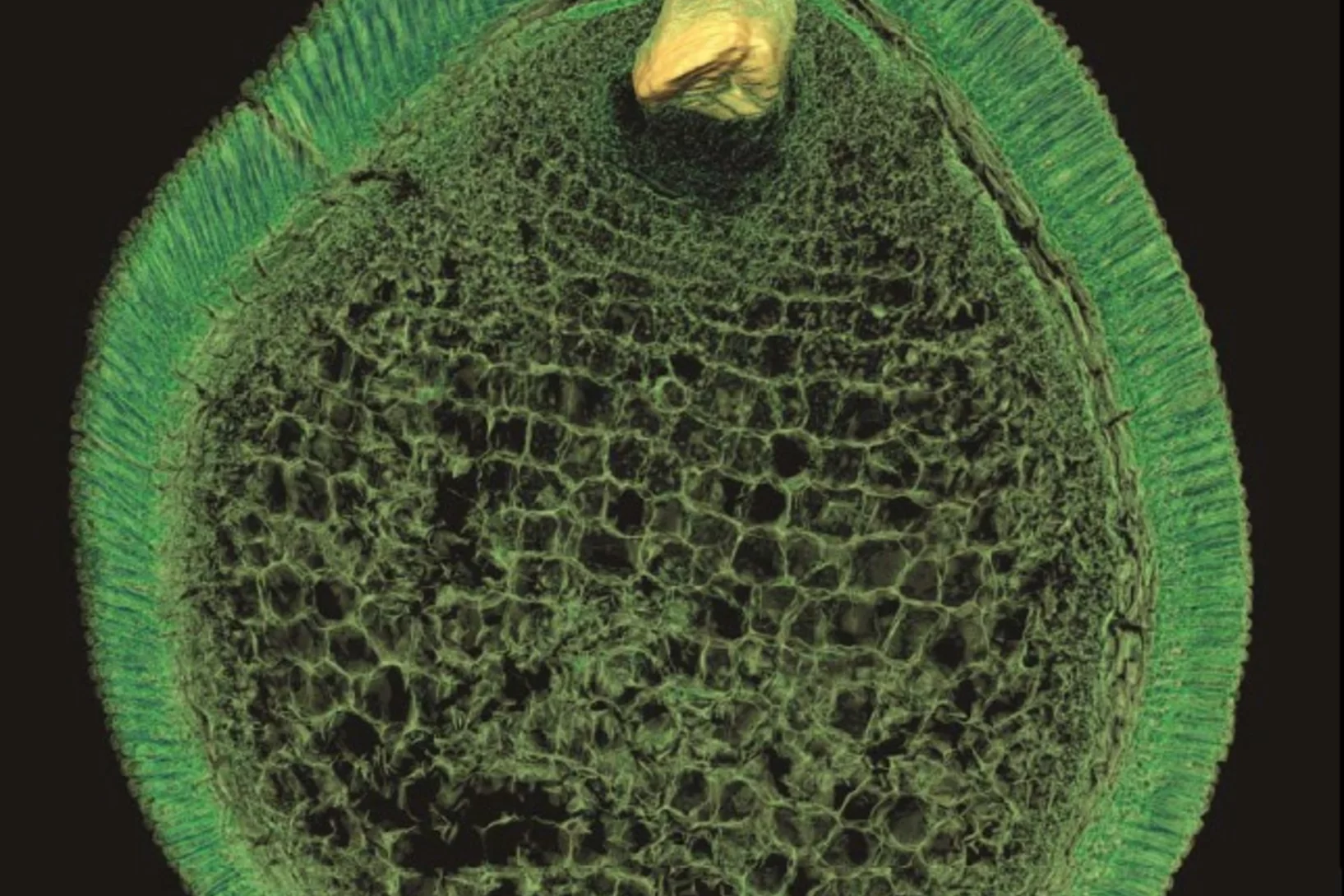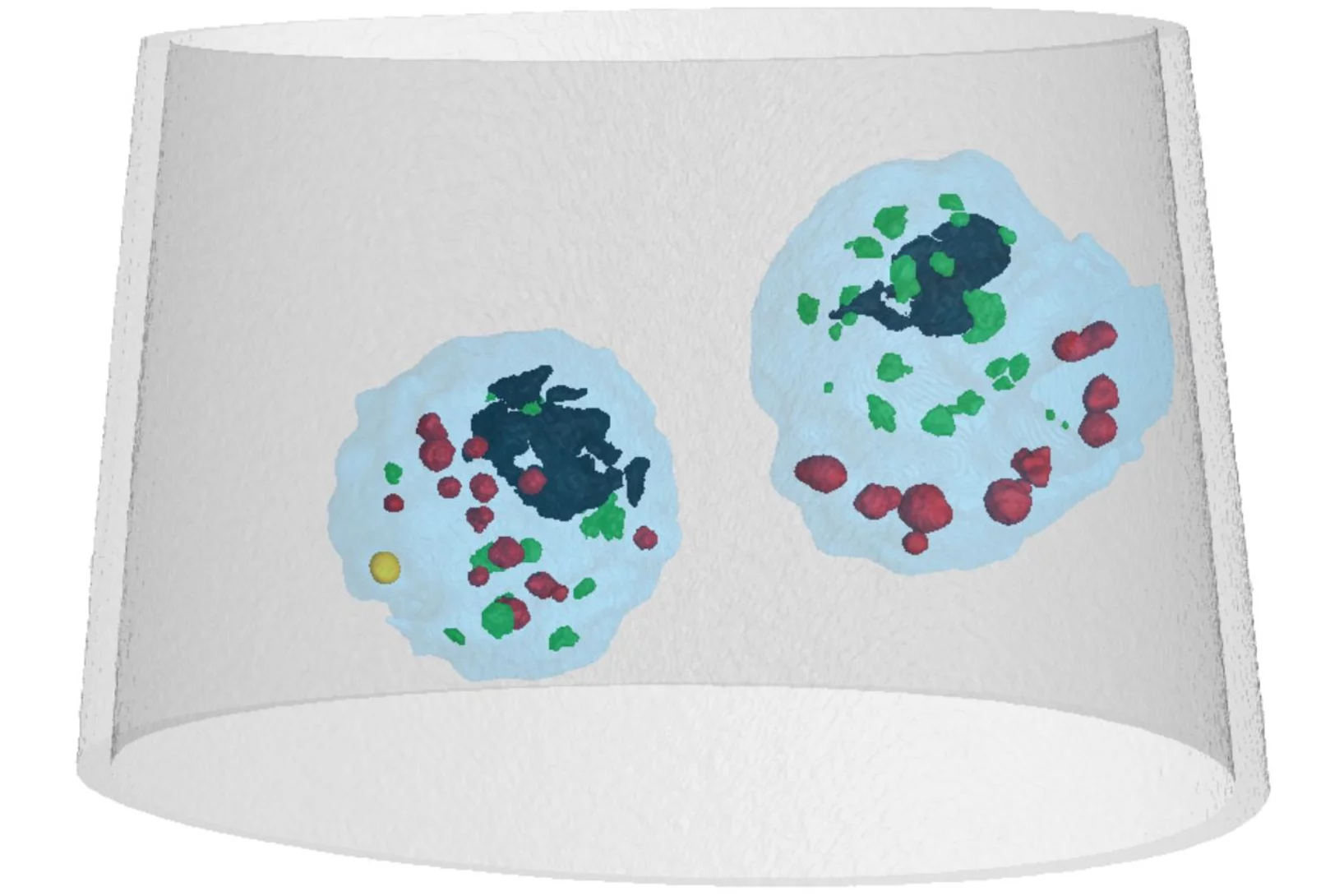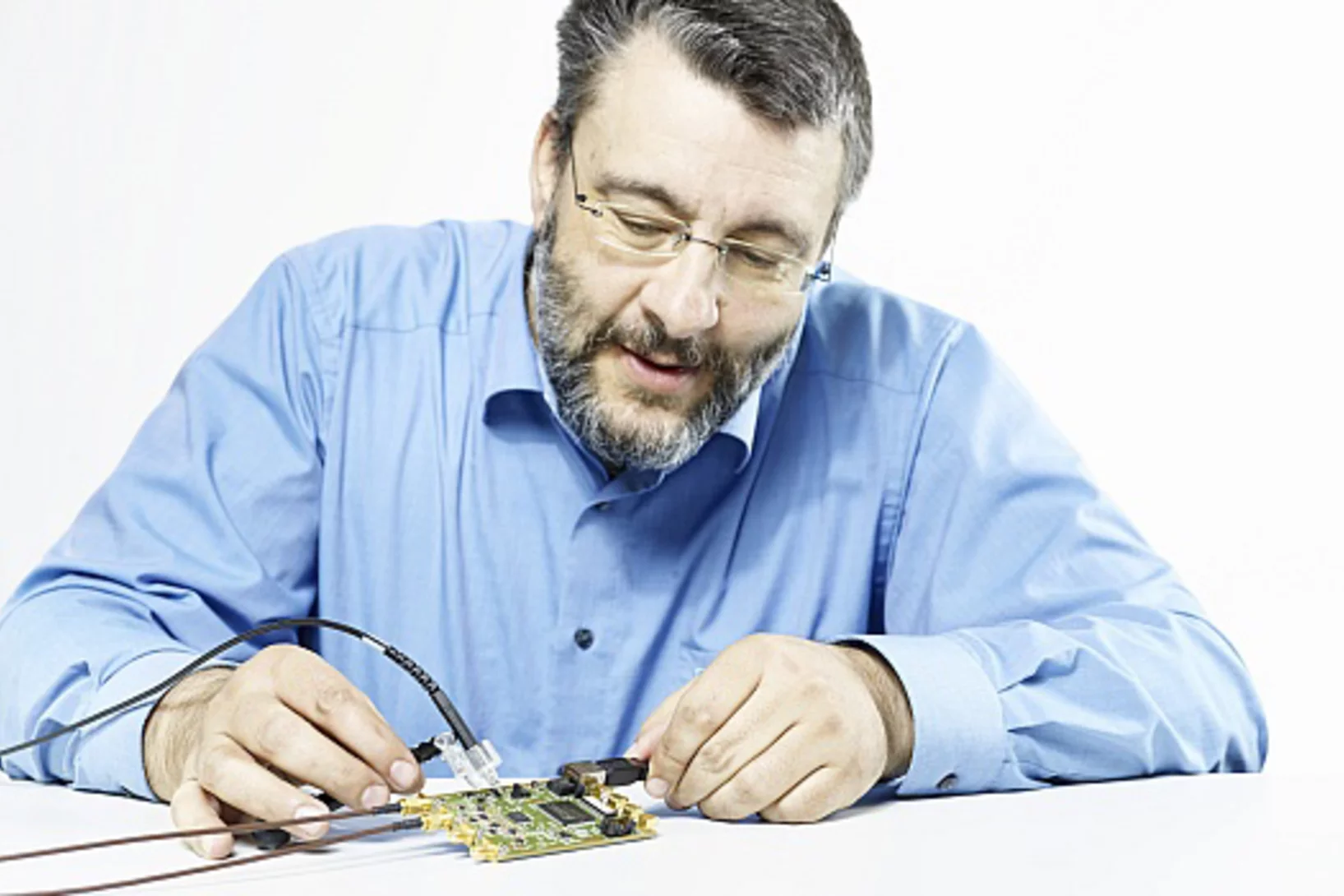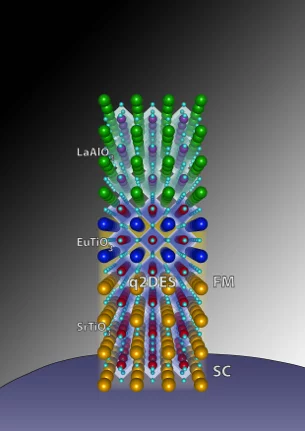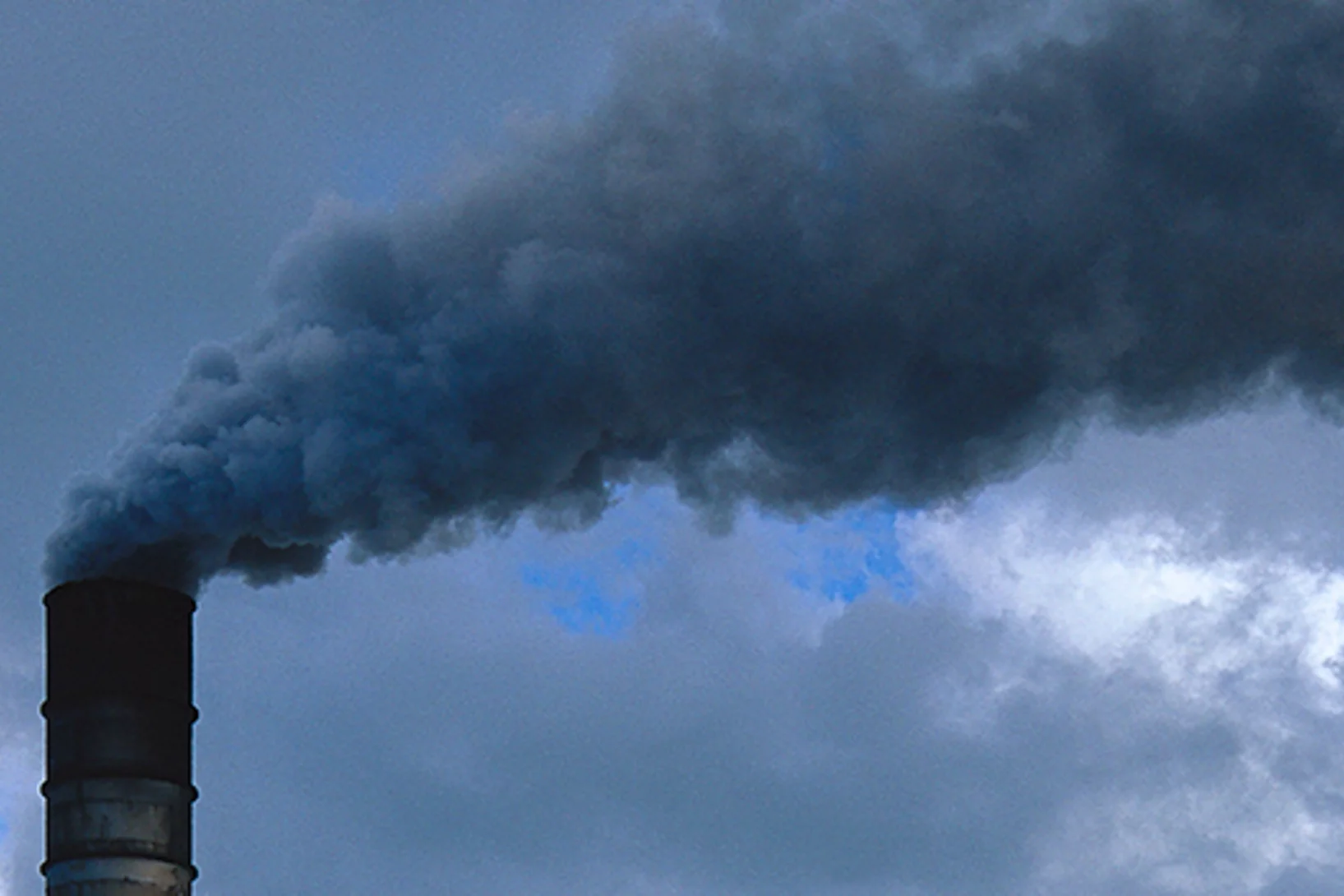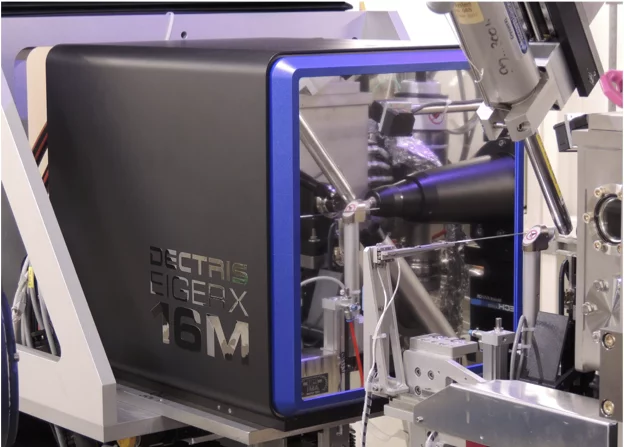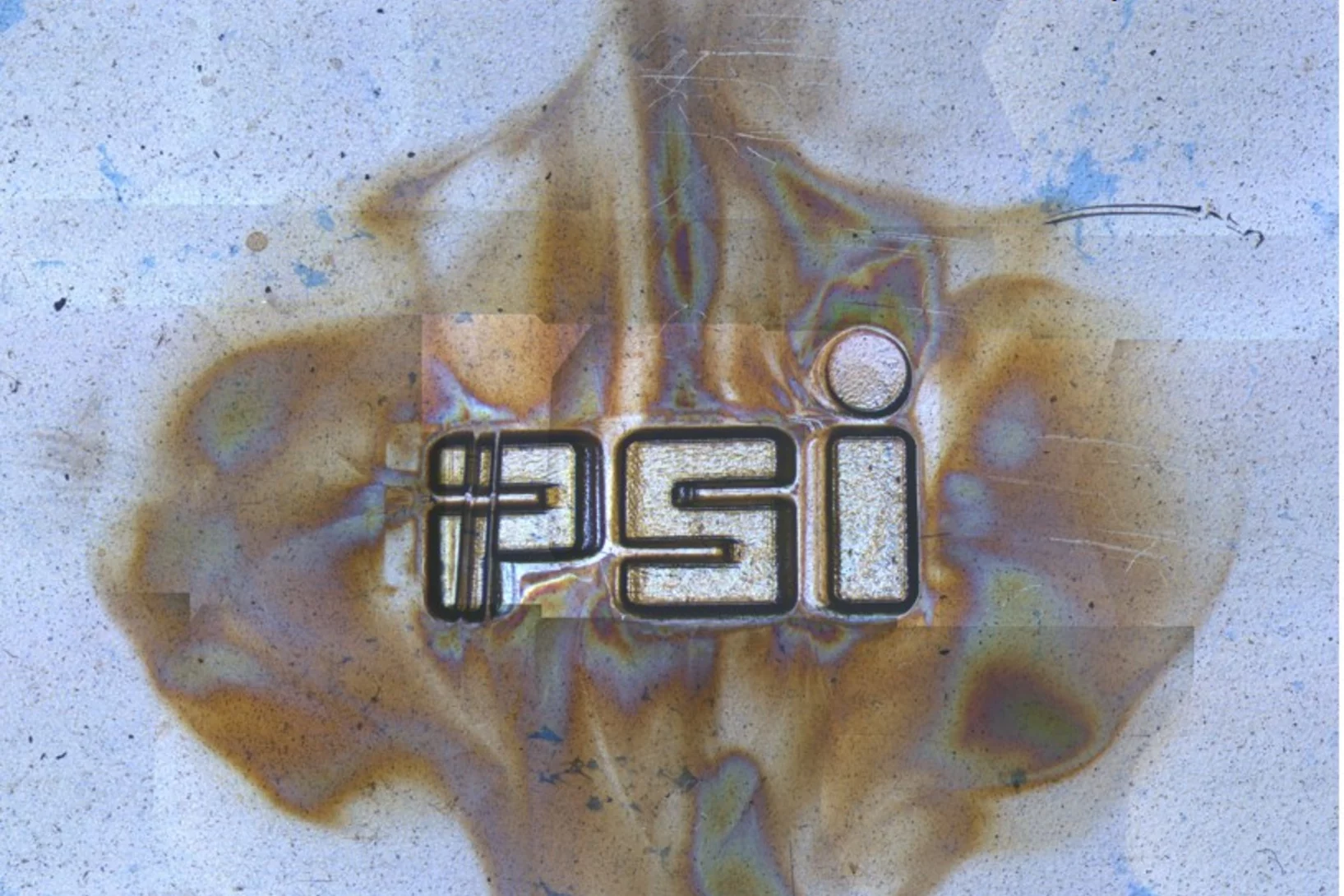Researchers at the Paul Scherrer Institute PSI are looking for answers to essential questions concerning the underlying structures of matter and the fundamental principles of nature. They study the composition and properties of elementary particles – the smallest building blocks of matter – or investigate the structure of biological molecules and how they perform their function. The knowledge gathered in this way opens up new approaches to finding solutions in science, medicine and technology.
Find out more at Overview Fundamentals of Nature
Coexistence of low-moment magnetism and superconductivity in tetragonal FeS and suppression of Tc under pressure
The family of iron-based superconductors has recently acquired a new member material, FeS. Theoretically, this compound has been shown to have electronic structure similar to that of the superconducting FeSe. However, contradictory ground states have been predicted for FeS. In this work, a collaboration of authors from Switzerland and Germany use muon spin rotation and relaxation to show that weak-moment magnetism microscopically coexists with bulk superconductivity.
Probing what sets the heart racing
New insights into the workings of important drug receptorsMany medical drugs operate on specific receptors located in the outer walls of our body’s cells. One of these is called the beta-1 adrenergic receptor. Among other things, it is responsible for palpitation, the racing pulse that we feel with stage fright or infatuation. How it transmits signals to the cellular interior can now be revealed in detail. These findings could help scientists better understand many drugs' mode of action.
Porträt Jenna Poonoosamy: Die Vermesserin der Gesteinsporen
Drei Jahre in Folge hat Jenna Poonoosamy den Preis für die beste Präsentation am Doktorandentag im Bereich Nukleare Energie und Sicherheit (NES) am Paul Scherrer Institut PSI erhalten. Poonoosamy stammt ursprünglich von der Insel Mauritius im Indischen Ozean. Schon in der Schule interessierte sie sich vor allem für Chemie. «Die meisten meiner Freunde wollten in die Wirtschaft», erzählt sie. «Mich dagegen haben die Naturwissenschaften fasziniert.» Und so zog sie nach der Schule zum Chemie-Studium nach Paris. Und kam später für ihre Doktorarbeit ans PSI.
At the interface
Interview with Stefan Janssen, Head of the User Office
Stefan Janssen is Head of the User Office at Paul Scherrer Institute PSI. In an interview, he explains why the PSI’s large research facilities are popular with researchers coming from other institutions, how he handles the many applications and how he supports users who come here to conduct experiments.
GFA delivers the SwissFEL magnets on schedule
The Paul Scherrer Institut is building an X-ray free electron laser (SwissFEL) providing a source of intense, ultra-short pulses of coherent radiation in the wavelength range of 0.1 nm to 0.7nm. For the hard X-ray beam line, the magnet section in GFA/ATK has the responsibility for the design, the procurement and the magnetic qualification of 267 electro-magnets of 22 different types. Several design studies were performed in an attempt to meet the required magnet specifications while optimizing construction and operation cost.
Biophysical effects of UV radiation on biological samples
The biological influence of radiation on living matter has been studied for years; however, several questions about the detailed mechanism of radiation damage formation remain largely unanswered. Among all biomolecules exposed to radiation, DNA plays an important role because any damage to its molecular structure can affect the whole cell and may lead to chromosomal rearrangements resulting in genomic instability or cell death.
Slowed down current could point the way to energy-saving computers
Computers and other electronic devices account for a substantial portion of worldwide energy use. With today’s technologies, it is not possible to reduce this energy consumption significantly any further; chips in the energy-saving electronics of the future will hence have to be made from novel materials. Researchers at the Paul Scherrer Institute PSI have now found important clues in the search for such materials.
Transport of first "completed" Undulator into the SwissFEL Tunnel
On the 25th of January, the first "completed" undulator has been transported to its final position in the SwissFEL tunnel. The 1064 permanent magnets of this undulator where shimmed to the sub-micrometer level and the magnetic profile has been carefully measured for the full gap range. Twelve of such undulators will be installed until October 2016!
Small-Angle Neutron Scattering Study of Interplay of Attractive and Repulsive Interactions in Nanoparticle-Polymer System
The phase behavior of nanoparticle (silica)−polymer (polyethylene glycol) system without and with an electrolyte (NaCl) has been studied. It is observed that nanoparticle−polymer system behaves very differently in the presence of electrolyte. In the absence of electrolyte, the nanoparticle−polymer system remains in one-phase even at very high polymer concentrations.
Georgian Order of Honor for Zurab Guguchia
Thomas Prokscha from Laboratory for the Muon Spin Spectroscopy LMU and Head of the LEM Group was invited to serve an additional year as a member of the INTC Committee (ISOLDE and Neutron Time-of-Flight Experiments Committee) at CERN.
The INTC evaluates proposals for experiments on the ISOLDE facility. In addition it reviews the experiments proposed for the neutron time-of-flight facility.
Reappointment of the Directors of PSI and WSL
On application of the ETH Board, the Federal Council reappointed the Director of the Paul Scherrer Institute PSI, Joël Mesot, and the Director of the Swiss Federal Institute for Forest, Snow and Landscape Research WSL, Konrad Steffen, for another four years on 20 January 2016. Joël Mesot’s third term of office will start on 1 August 2016, Konrad Steffen’s second term of office on 1 July 2016.
Mechanically Enhanced Liquid Interfaces at Human Body Temperature Using Thermosensitive Methylated Nanocrystalline Cellulose
The mechanical performance of materials at oil/water interfaces after consumption is a key factor affecting hydrophobic drug release. In this study, we methylated the surface of nanocrystalline cellulose (NCC) by mercerization and dimethyl sulfate exposure to produce thermosensitive biopolymers. These methylated NCC (metNCC) were used to investigate interfacial thermogelation at air/water and medium-chain triglyceride (MCT)/water interfaces at body temperature.
Controlling tunnelling in methane loss from acetone ions by deuteration
If a ball is rolled up a hill with less kinetic energy than the potential energy at the top, it will return eventually, and stays bound in the valley. Tunnelling is a distinctly quantum mechanical phenomenon, in which such balls can magically cross the hill, and appear in the neighbouring valley, as if going through a tunnel. In order for this to happen with a non-negligible probability, the ball has to be small and the barrier, i.e. the hill, sharp.
Targeting cancer
There are tumours where nothing seems to help: not chemotherapy, not external radiation therapy, not an operation. Often, they have already metastasised and can no longer be destroyed using conventional methods. The only option left here is internal radiotherapy with targeted radioactive drugs that strike directly at the heart of the disease. In order to make this possible, twenty specialists have been conducting research at the Centre for Radiopharmaceutical Sciences at the Paul Scherrer Institute PSI, a joint facility of PSI, ETH Zurich and the University Hospital Zurich.
Self-Diffusion in Amorphous Silicon
The present Letter reports on self-diffusion in amorphous silicon. Experiments were done on 29Si/natSi heterostructures using neutron reflectometry and secondary ion mass spectrometry. The diffusivities follow the Arrhenius law in the temperature range between 550 and 700°C with an activation energy of (4.4 ± 0.3) eV.
Neutrons reveal distribution of flux-tube islands
Usually, superconductors expel magnetic fields. In type II superconductors, however, thin channels – so-called flux tubes – are formed. The magnetic field is guided through these tubes while the rest of the material remains field-free and superconducting. In the metal niobium, the flux tubes bunch together into small islands that create complex patterns similar to those found in other fields of nature. A team of researchers from PSI and TU München were the first to conduct neutron experiments to study these patterns in niobium and determine the distribution of the islands in detail.
First ultraprecise mirror for SwissFEL arrived at PSI
Mirrors are key elements to distribute and shape the Xray beam generated by the undulators of the SwissFEL facility. They are essential tools to guide and focus the light according to the specific users requirements and should do this without noticeable effects on the beam quality. A quantitative measure is the quality of the beam wavefront. The wavefront must be conserved by the optical elements in the SwissFEL beamlines within a fraction of the wavelength which can be as short as one Angstrom in the case of Aramis. There are only few companies in the world, who are able to fabricated such ultraprecise mirrors.
In-situ visualization of stress-dependent bulk magnetic domain formation by neutron grating interferometry
The performance and degree of efficiency of industrial transformers are directly influenced by the magnetic properties of high-permeability steel laminations (HPSLs). Industrial transformer cores are built of stacks of single HPSLs. While the insulating coating on each HPSL reduces eddy-current losses in the transformer core, the coating also induces favorable inter-granular tensile stresses that significantly influence the underlying magnetic domain structure.
First ultraprecise mirror for SwissFEL arrived at PSI
Mirrors are key elements to distribute and shape the Xray beam generated by the undulators of the SwissFEL facility. They are essential tools to guide and focus the light according to the specific users requirements and should do this without noticeable effects on the beam quality. A quantitative measure is the quality of the beam wavefront.
Endlagersuche: Viele 100'000 Jahre sicher im Ton
Obwohl die Schweiz aus der Kernenergie aussteigt, muss sie eine Lösung für das in den Kernkraftwerken, aber auch in Medizin, Industrie und Forschung entstandene, radioaktive Material finden. Daher stellt sie sich einer aussergewöhnlichen, verantwortungsvollen Aufgabe: Sie sucht einen Ort, an dem sie ihre radioaktiven Abfälle mehrere hunderttausend Jahre lang sicher lagern kann. So lange, bis sie von selbst die Radioaktivität natürlicher Gesteine erreicht haben.
Rate of Molecular Transfer of Allyl Alcohol across an AOT Surfactant Layer Using Muon Spin Spectroscopy
The transfer rate of a probe molecule across the interfacial layer of a water-in-oil (w/o) microemulsion was investigated using a combination of transverse field muon spin rotation (TF-μSR), avoided level crossing muon spin resonance (ALC-μSR), and Monte Carlo simulations. Reverse micro-emulsions consist of nanometer-sized water droplets dispersed in an apolar solvent separated by a surfactant monolayer.
Determining the structures of nanocrystalline pharmaceuticals by electron diffraction
A new type of detector developed by Dr. van Genderen enables the structure determination of pharmaceutical compounds with electron diffraction at room temperature. The group concentrate on expanding this new technique to macromolecular compounds.
To the beam tunnel
Since the autumn of 2015, the SwissFEL beam tunnel has been filling up with the machine components for the new PSI large research facility. Piece by piece, the pre-assembled components are being brought to their final destination.
Preserved Embryos Illustrate Seed Dormancy in Early Angiosperms
The discovery of exceptionally well-preserved, tiny fossil seeds dating back to the Early Cretaceous corroborates that flowering plants were small opportunistic colonizers at that time, according to a new Yale-led study.
Mass density distribution of intact cell ultrastructure
The determination of the mass density of cellular compartments is one of the many analytical tools that biologists need to unravel the extremely complex structure of biological systems. Cryo X-ray nanotomography reveals absolute mass density maps of frozen hydrated cells in three dimensions.
Measuring the simultaneity
What does a physicist do when his experiment needs an extremely precise time measurement? So precise that existing electronics cannot help him? A scientist from the Paul Scherrer Institute PSI simply decided to develop his own solution. The result is called DRS4, a high-precision electronic chip that could unlock the physics of our entire universe. As an additional benefit, the chip is already helping doctors to localise brain tumours with great accuracy.
Tunable spin polarization and superconductivity in engineered oxide interfaces
A new kind of 2DEG is found by inserting two atomic layers of the antiferromagnetic and insulating compound EuTiO3 between LaAlO3 and SrTiO3. The 2DEG is found to exhibit besides a superconducting ground state, a strong spin-polarization. The magnetism of Eu and Ti was studied by XMCD at the X-Treme beamline in SLS.
Kohlendioxid: Das Klimaproblem im Untergrund entsorgen?
Allen Warnungen vor den Folgen des Klimawandels zum Trotz und unbeeindruckt von politischen Absichtserklärungen: Die weltweiten Kohlendioxidemissionen steigen und steigen. Hauptverantwortlich dafür sind Kohle- und Gaskraftwerke, die den zunehmenden Strombedarf decken. Könnte man deren Kohlendioxidemissionen dauerhaft im Boden speichern, anstatt damit Atmosphäre und Klima zu belasten? Und wäre das auch für die Schweiz interessant? Diese Fragen beleuchtet der neueste Energie-Spiegel des PSI.This news release is only available in German.
First EIGER X 16M in operation at the Swiss Light Source
The macromolecular crystallography beamline X06SA at the Swiss Light Source, a synchrotron operated by Paul Scherrer Institute, is the first one in the world to upgrade its detector to an EIGER X 16M.
The flip-over effect in pulsed laser deposition: Is it relevant at high background gas pressures?
In pulsed laser deposition the use of a rectangular or elliptical beam spot with a non 1:1 aspect ratio leads to the so called flip-over effect. Here, the longest dimension of the laser spot results in the shortest direction of plasma plume expansion.

